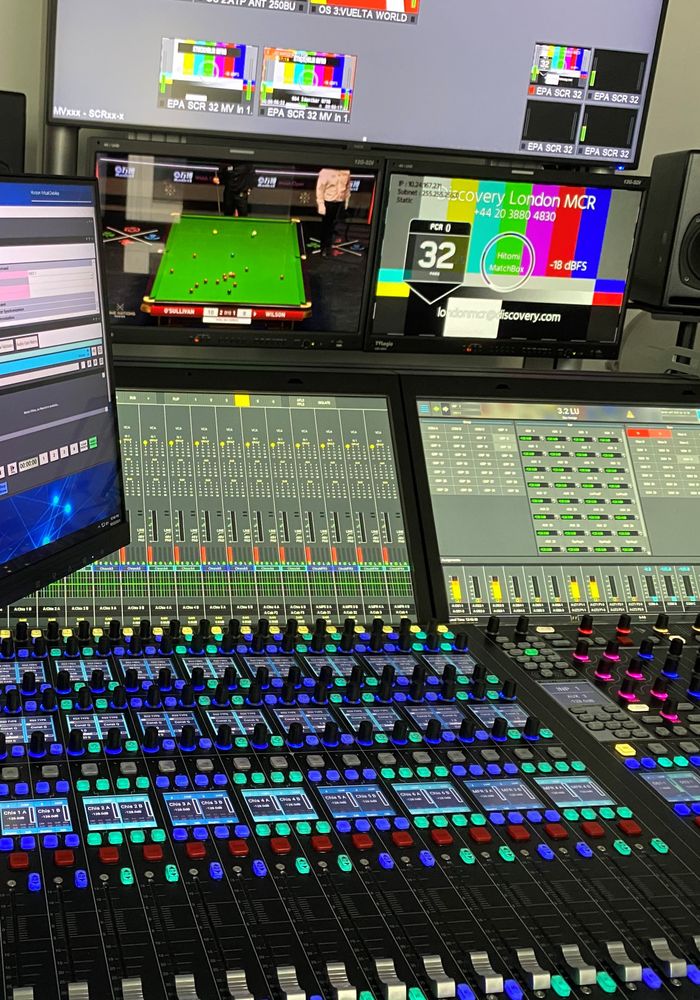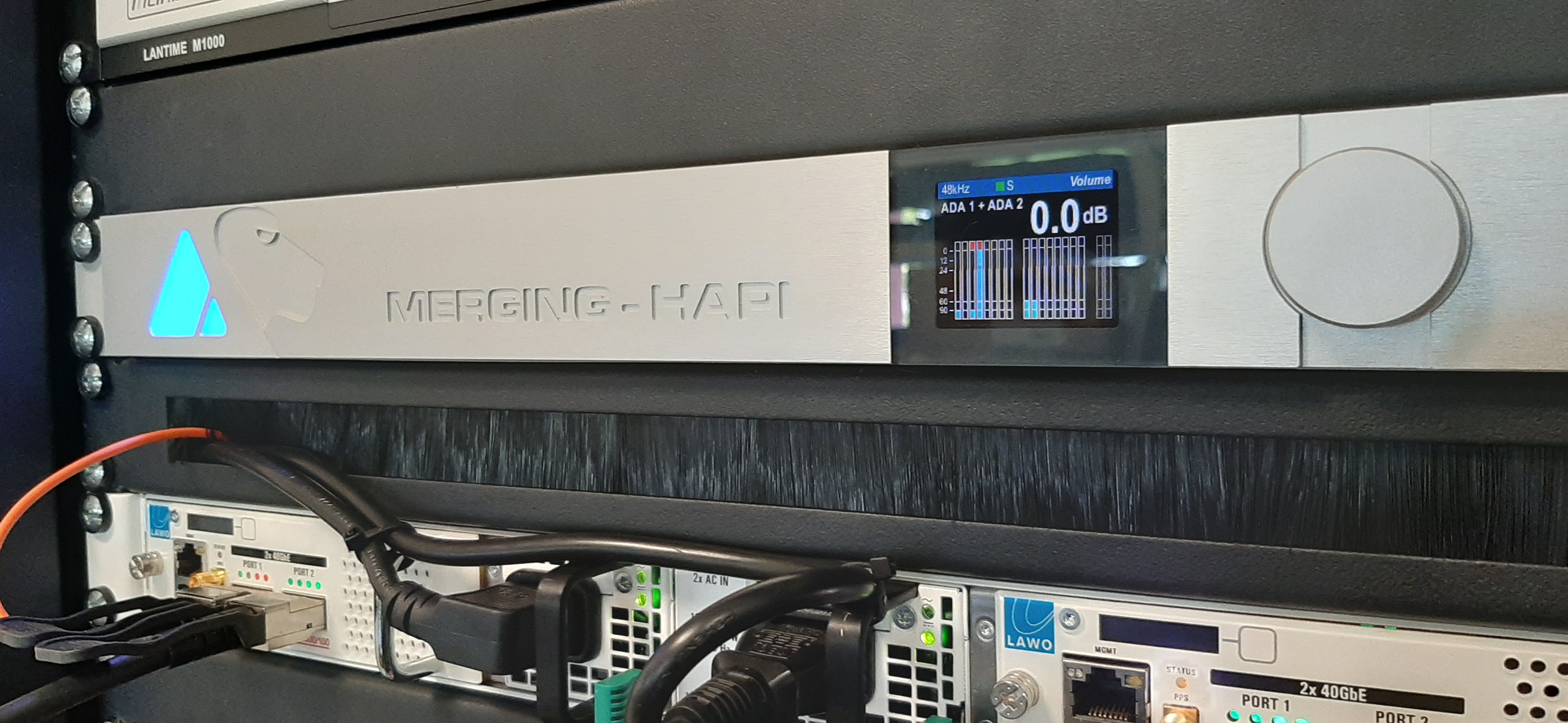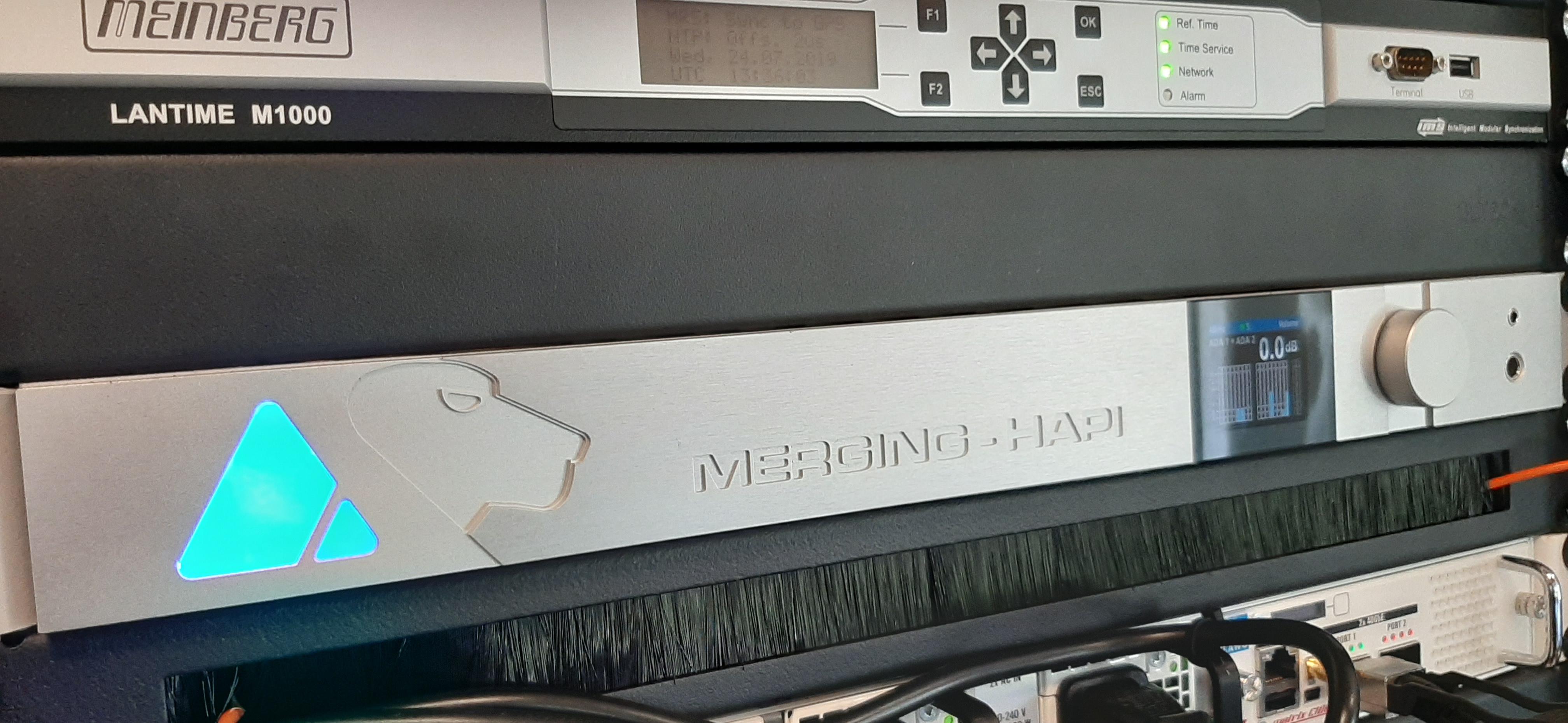The introduction of IP technology is having a profound impact on how major events are managed, providing opportunities for significant improvements in efficiency with a reduction in hardware needing to be shipped to the venue.
This program of change was ongoing before COVID-19 added to the momentum, although initially with major sporting events all being cancelled, it might be assumed that the rate of change would have slowed.
The need for social distancing at all stages of the broadcast chain further emphasised the need to reduce the crew travelling to the event, but still provide the capacity for local commentaries and programming.
The recent Grand Slam tennis events in New York and Paris saw the Eurosport Cube introduced, accompanied by some major changes in the technical solutions employed.
One of these was the addition of auto-mixing from LAMA (Lean And Mean Audio), working with Virtual Machines which requires an ASIO driver that can synchronise all audio machines with low latency. This system depends on additional hardware and some software from Merging Technologies.
The demands of these events in terms of their sheer size and complexity needs to be understood in order to realise why moving to this workflow not only makes sense but is essential. A major driver is the need to cater for more commentators in a flexible and scalable manner, without purchasing more hardware.





